Here are some really simple and cool science experiments for preschoolers. When we think of doing science experiments with kids, we might think about the experiments that we did in high school biology, chemistry, or physics classes. However, science isn’t something that is just for older kids. Nor does it have to be complex.
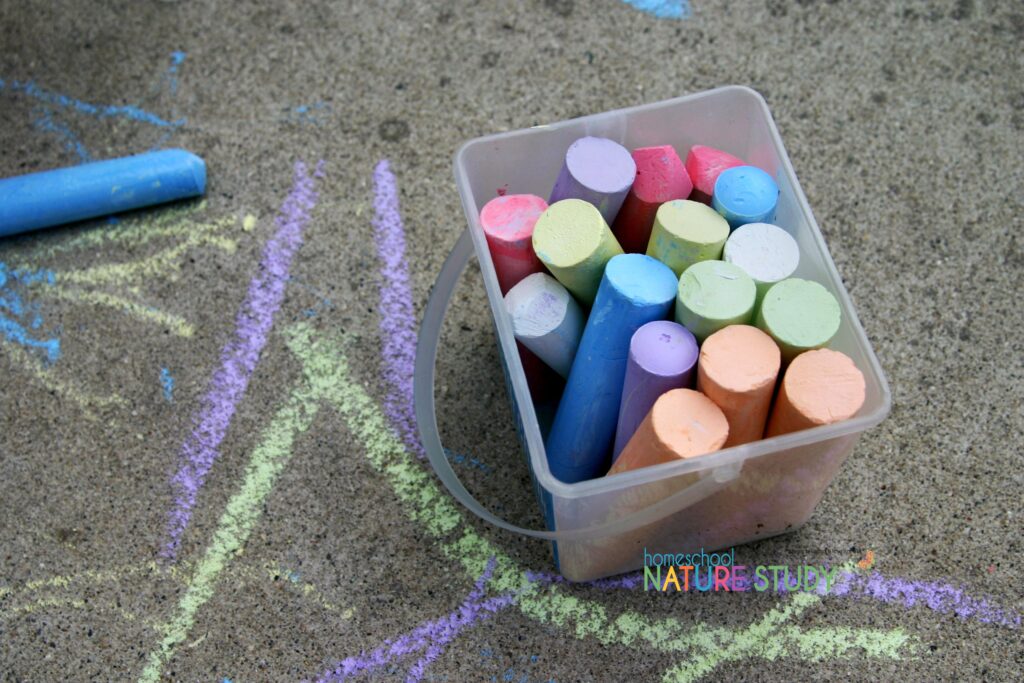
7 Fun Science Experiments for Preschoolers
Nature Rubbings
One very important part of the scientific method is the ability to observe things. The next time you go out on a nature walk, bring along some white paper and crayons. Ask your child to observe the world around them and search for things in nature that have interesting textures. They could find rocks, trees, leaves, stick, feathers, etc. Ask them to describe each one to you.
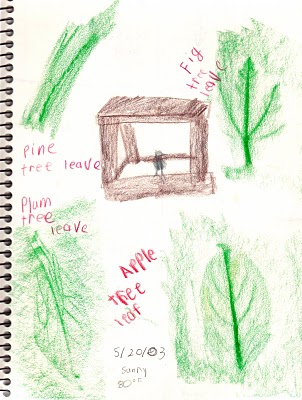
Then help your preschooler to create rubbings of the things they find by holding a piece of paper over the item while the rub the crayon over the paper. You can then label and date the papers to save for a nature collection. It might even become a fun hobby for them.
Shadow Study
This can be a fun all-day activity or you can do it on separate days. For it, you will need three large sheets of paper. They need to be big enough for you child to lay on; if you don’t have single sheets that are this big, you can try taping several sheets together. You could also use sidewalk chalk and do it on the driveway or porch if you have one. Try to do it when it is really sunny outside.
Talk to them about how the sun shines on us to create our shadows and how where the sun is in the sky will change how your shadow looks and where it will be. Then go outside to find and trace your shadows during three parts of the day: early morning, noon, and mid-afternoon. You can label the times and then compare how your child’s shadow looks different at each time. This can be a great way to help them develop their observation and predicting skills.
Making Applesauce
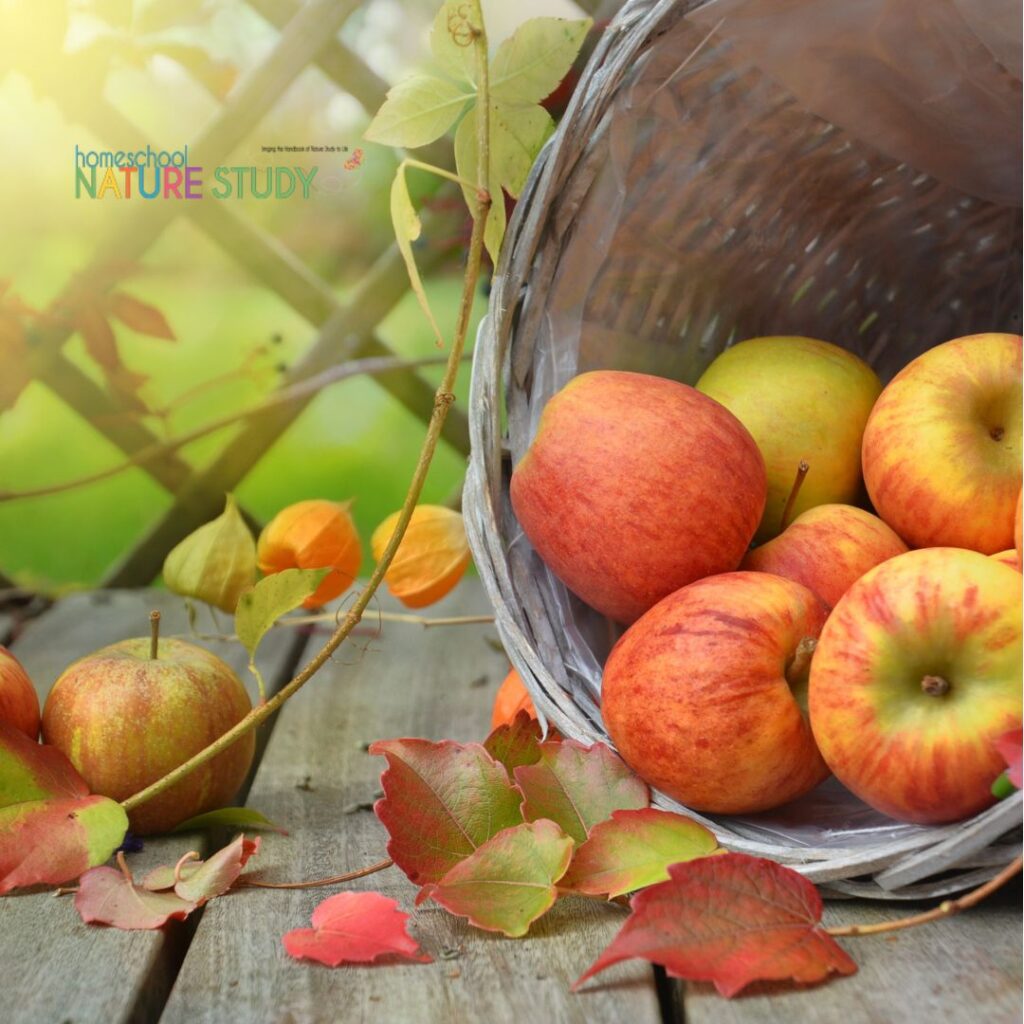
Although people may not realize it, cooking is an everyday form of science experimentation. It can be a great way to illustrate how processes like heating things can cause their physical structure to change.
Grab a few apples and place them in front of your child, along with some drawing materials or the apple journal in membership.
- Ask them to feel, describe, and draw the apple.
- Cut a slice of apple and give it to them to taste. Ask them to describe how it tastes.
Continue to peel, core, and slice the apples before placing them in a pan with enough water to barely cover the apples. Ask your child what he or she thinks will happen to the apples if you cook them. Boil them until they are soft, describing what you are doing at each step.
Once the apples are soft, put them in a bowl and help your child mash them with a fork (feel free to add sugar and a bit of cinnamon if you like). Ask your child to describe how the apples look and feel now.
Then let them know that with just a bit of water and heat, you have made applesauce. Enjoy!
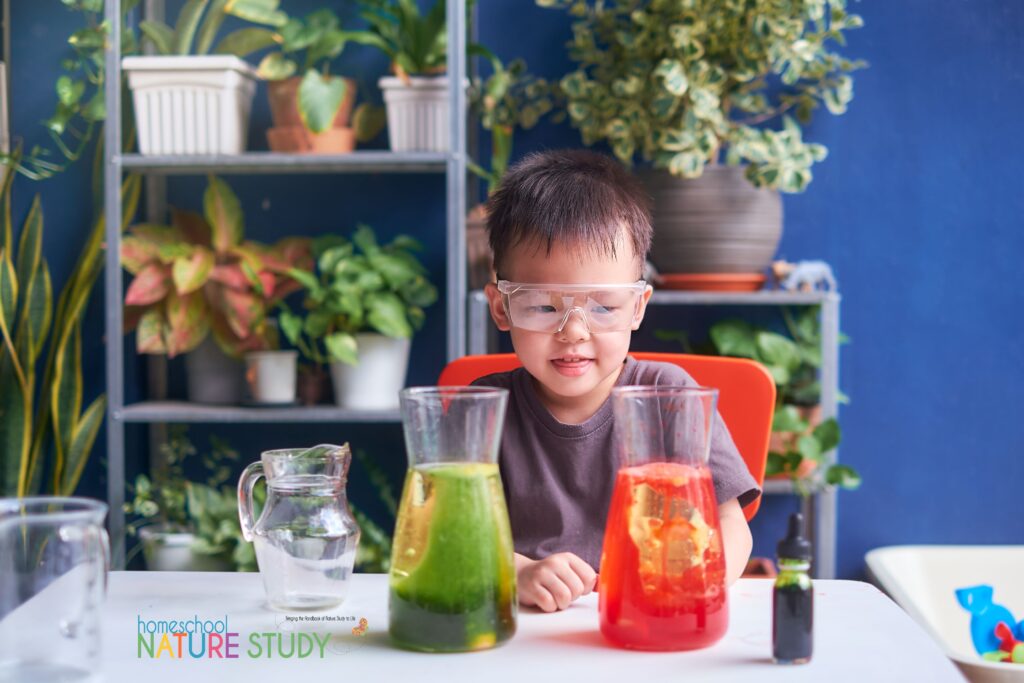
Volcano in a Cup
This is one of the great science experiments for preschoolers and a great way to introduce your child to the concept of volcanoes. Tell them that some mountains are volcanoes that have molten rock (or lava) inside them. Sometimes the lava builds up so much that it erupts and flows out of the volcano.
To illustrate, grab a plastic cup, a plate, some vinegar, some baking soda, and red food coloring. Put the cup in the middle of the plate. The cup represents the volcano; the plate is the ground around it. Pour (or let your child pour) ½ an inch of baking powder into the cup. Add a few drops of food coloring and then slowly pour in a little vinegar and watch the volcano “erupt”. Have them draw a picture of what the “volcano” looks like on a sheet of paper.
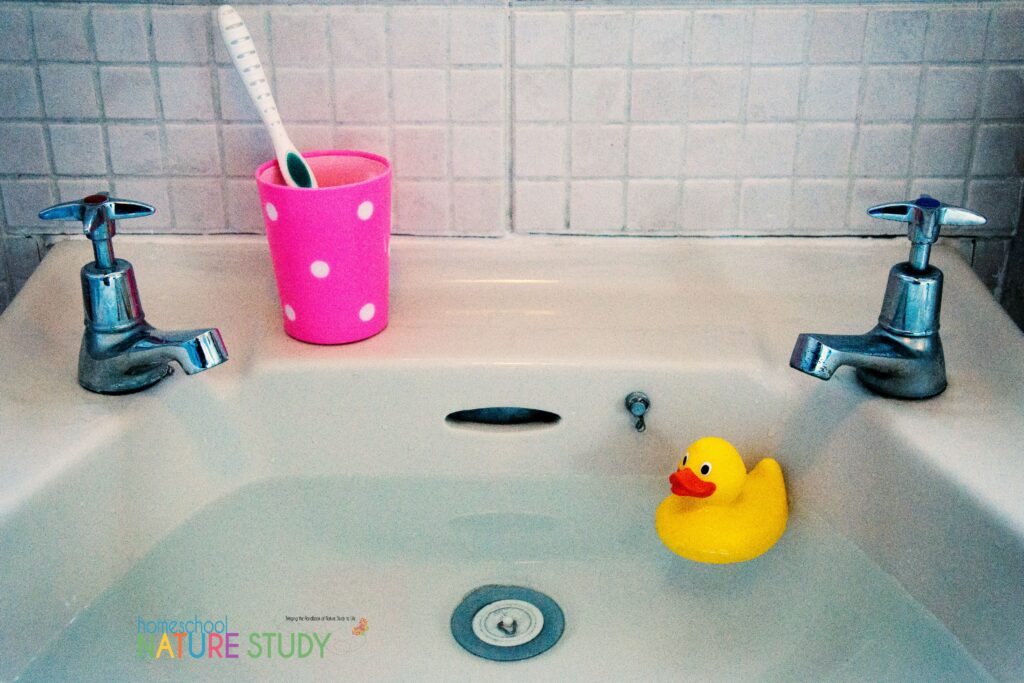
Sink or Float
This experiment is really easy but can be a great way to help your child develop their reasoning skills. Fill a tub, pot, or sink halfway with water. Collect at least 10 items from around your home (e.g. bottle caps, toy boats, sponges, feathers, pebbles, paper, etc.). For each item, ask your child whether they think the item will sink or float, and why. Then have fun testing out their theories.
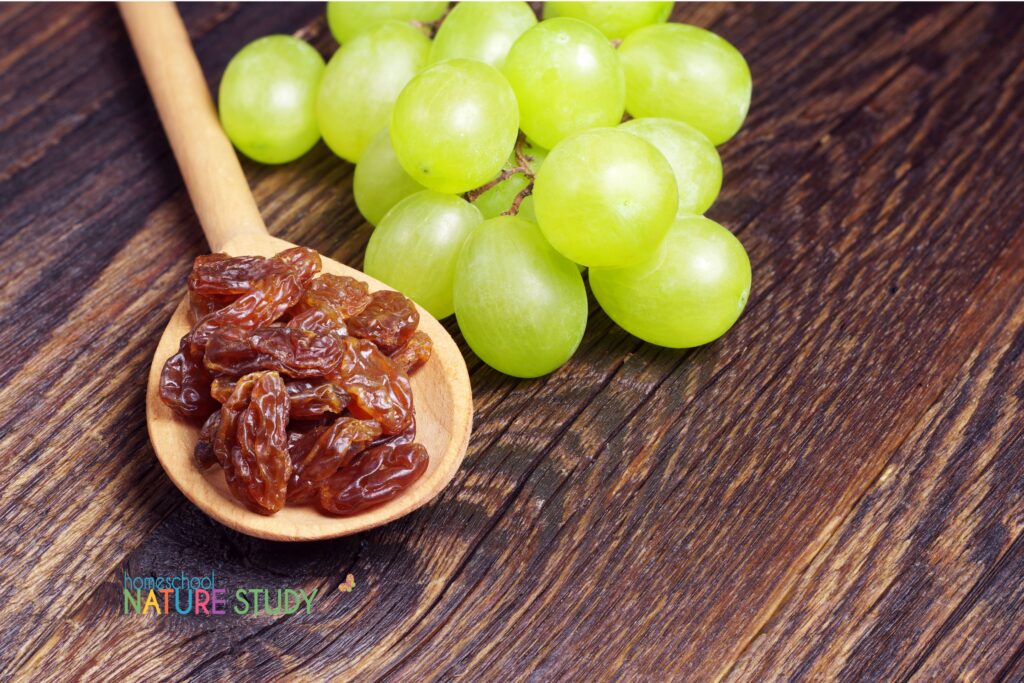
Raisin in the Sun
Hand your child a grape and ask him or her to describe it. Then let them eat it and ask them how it tastes. Do the same with a raisin. Ask them if they know what the two foods have in common. After they have made their guesses, tell them that when a grape dries up, it turns into a raisin. Then let them know that you are going to do an experiment to watch it happen.
All you need to do is place a few raisins in a bowl and set it up in a window for several weeks (warning: it could take two months!). Maybe once a week check to see how they are coming along. You could even take pictures of the process and label them. At the end of the process, you should have some dried and wrinkly raisins. I wouldn’t eat them (for edible ones, I would use a food dehydrator), but it’s pretty cool to see how it happens!
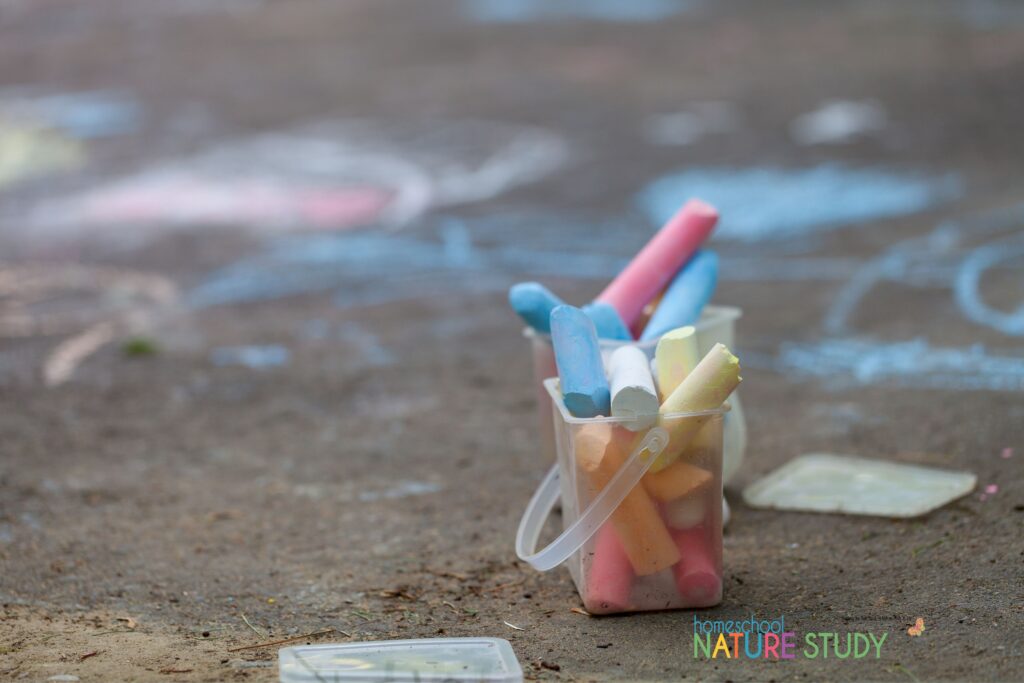
Preschool Chalk Science Evaporation
This was a favorite activity that I did when my children were younger. This was simple to do yet a great way to introduce a science concept.
My kids love to use chalk. I wanted to see if I could sneak some hidden learning in with their chalk art time– specifically science. By pairing chalk and water, I set up an easy evaporation observation experience for my toddlers and preschooler.
You can follow the experiment steps, below:
Science Supplies:
- sidewalk chalk
- cool duct tape
- spray bottles
First create “art frames” with duct tape on the sidewalk or driveway. This serves two purposes. I wanted my girls to work on filling a space with a design (rather than a scribble here and then 3 ft. later another scribble.) It is also the boundary lines for where we spray the water in the next steps.
After the designs are complete, hand each child a spray bottle. Have them spray their art piece with water. Watch how some colors blend while others seem to disappear. Make sure the complete frame is sprayed with water.
My girls noticed how the water made the sidewalk darker. At this point we went in for lunch. Later we came back out to see our wet chalk art creations— but they weren’t wet anymore! Where did the water go?
This led into a nice discussion about evaporation. Evaporation is a pretty abstract idea to young children, but I believe in introducing concepts in little bits so when they are older they have background information in their minds to pull from and help them understand.

Down Comes the Rain Science Book
A nice follow-up book to science experiments for preschoolers is Down Comes the Rain. It explains the water cycle and includes a couple of easy science experiments too. I’ll be showing a several more exploring water activities soon. 🙂
This simple, chalk activity is a wonderful way to introduce the topic of evaporation and the water cycle to young children. A Teaching Mommy has a water cycle printable plus other rain-related pages that go wonderfully with this topic. You could easily turn this into a week-long (or longer) unit!
Which one of these science experiments for preschoolers activities will you try first? I would love to see what you do! For even more ideas, check out the preschool science archives.
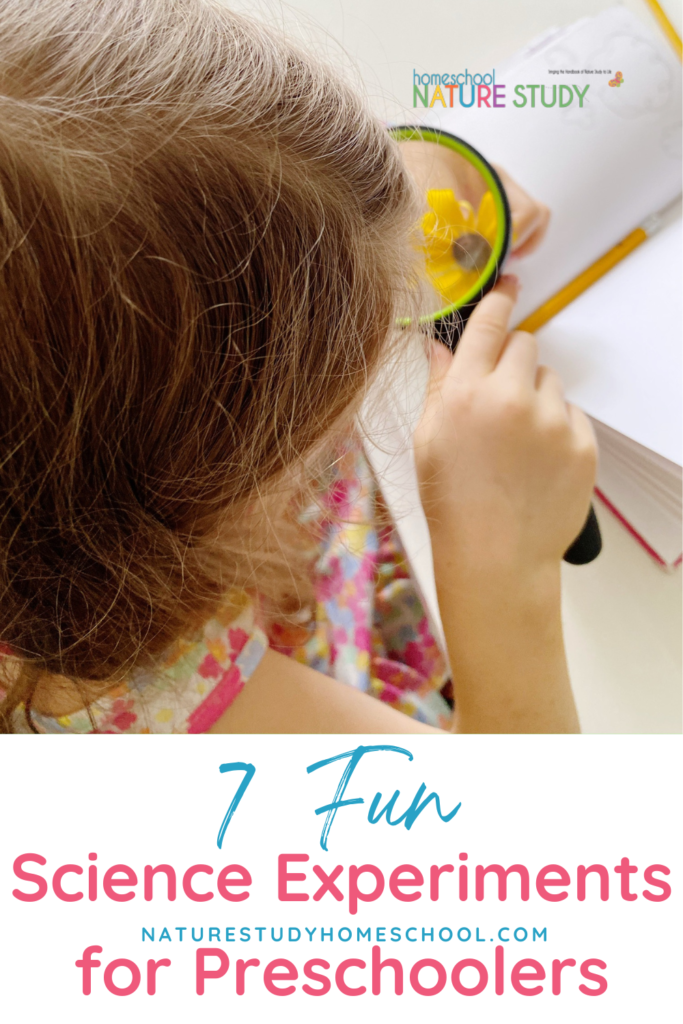
The Outdoor Hour Challenges Bring The Handbook of Nature Study to Life in Your Homeschool!
For even more homeschool nature study ideas for all seasons, join us in Homeschool Nature Study membership! You’ll receive new ideas each and every week that require little or no prep – all bringing the Handbook of Nature Study to life in your homeschool!
Be inspired. Be encouraged. Get outdoors!
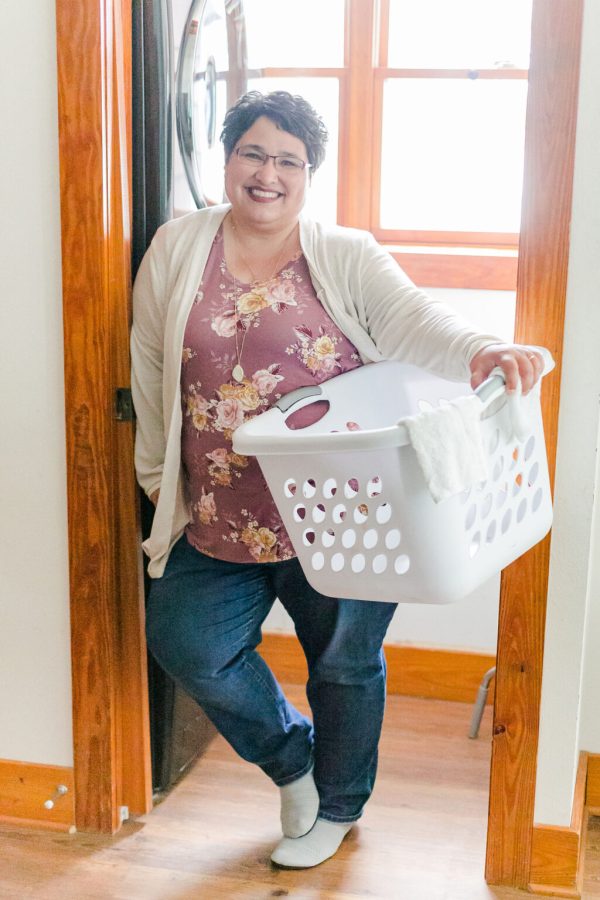
Maureen helps Christian mompreneurs operate their business from a place of joy, purpose, and excellence because they are clear on how their business is serving their family and others. As a homeschool mom, she believes success at home AND business without the mom-guilt, stress and burn-out is possible! Outside of work, she loves having good conversations over a hot chai or GT Gingerberry kombucha and spending time with her husband and seven children. Visit her at MaureenSpell.com
